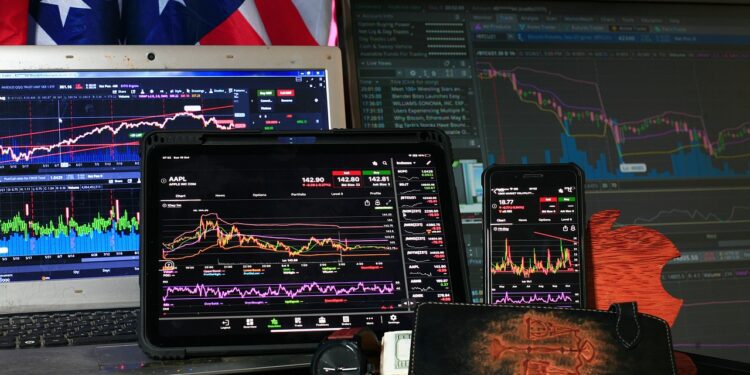The stock market exhibited varied outcomes today in response to the most recent Consumer Price Index (CPI) inflation data. The Dow Jones Industrial Average experienced an uptick, the S&P 500 saw a modest increase, while the Nasdaq wrapped up the day on a downturn. The recent 2024 election on November 5 has notably invigorated U.S. stocks, driving them to unprecedented levels.
Since the Monday leading up to the election, the S&P 500 has surged nearly 5%, although it is important to mention that the FTSE All-World ex-U.S. index has faced a reduction of 2.6% in the same timeframe. According to BTIG’s Chief Market Technician, Jonathan Krinsky, U.S. equities appear to be on an upward trend and may be the central interest for investors. Nonetheless, he warns that the forthcoming weeks will be critical in assessing whether international stocks are indicating larger economic concerns or simply reacting temporarily.
The current market landscape is influenced by concerns over valuations, as highlighted by Andrew Lapthorne of Societe Generale. He observes that U.S. stocks have reached pricey valuations, with a forward price-to-earnings (P/E) ratio of 22x and a dividend yield of 1.2%, echoing the figures observed during the bubble of February 2000.
Mixed reactions in the market following CPI report
The recent surge in speculative investments, such as Bitcoin and various cryptocurrencies, has contributed to the market’s exuberant atmosphere. Even with valuation concerns, the market may sustain its upward trend during the typically robust end-of-year period. Yet, there is increasing apprehension that the market could experience a decline if the forthcoming policies from the Trump administration do not fulfill the current optimistic projections.
As the market processes the latest CPI report and its consequences for potential actions by the Federal Reserve, notable stocks like Tesla, Spotify, Nvidia, Cava, and Rivian remain in the spotlight due to their volatility and pricing fluctuations. Today’s trading also reflected broader economic uncertainties. Oil prices saw a slight increase due to worries about future demand, while gold continued to drop for the fourth consecutive session.
The U.S. dollar climbed to its peak level in a year, and the spread of the Treasury yield curve widened, indicating the possibility of future rate reductions by the Fed. In summary, while U.S. stocks have experienced a surge post-election, the market remains attentive to global economic signals and the behavior of speculative assets as it moves into the upcoming weeks.


